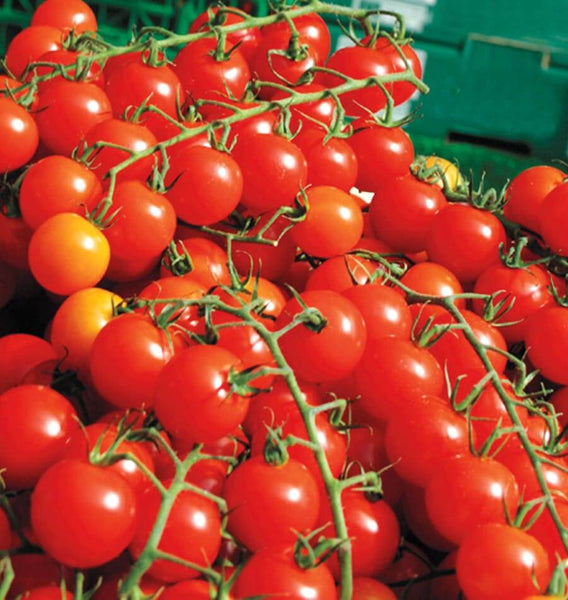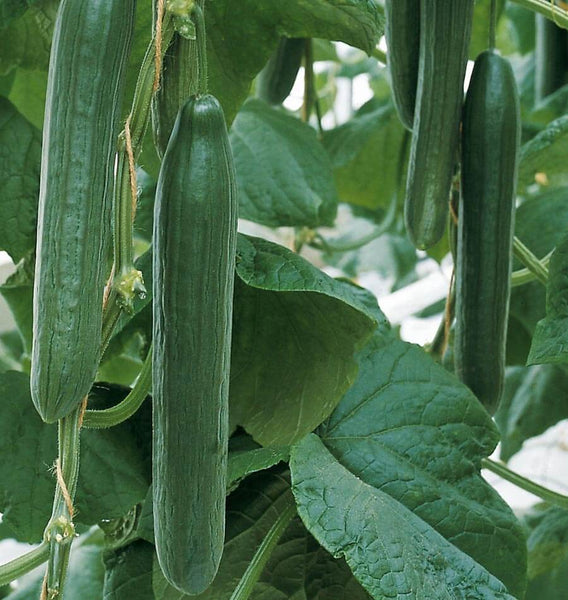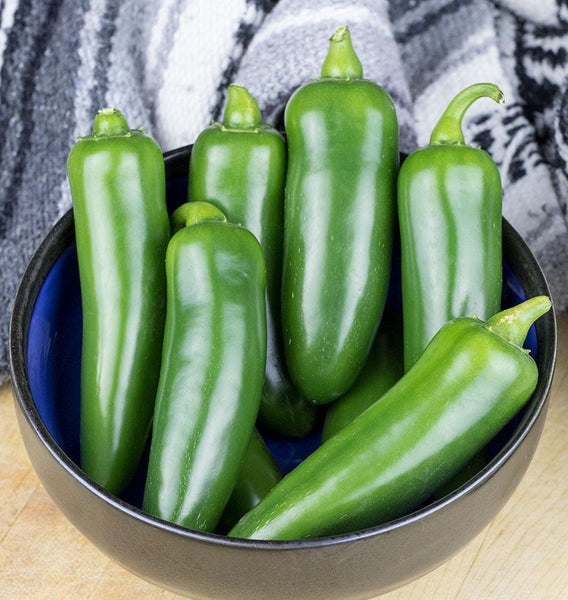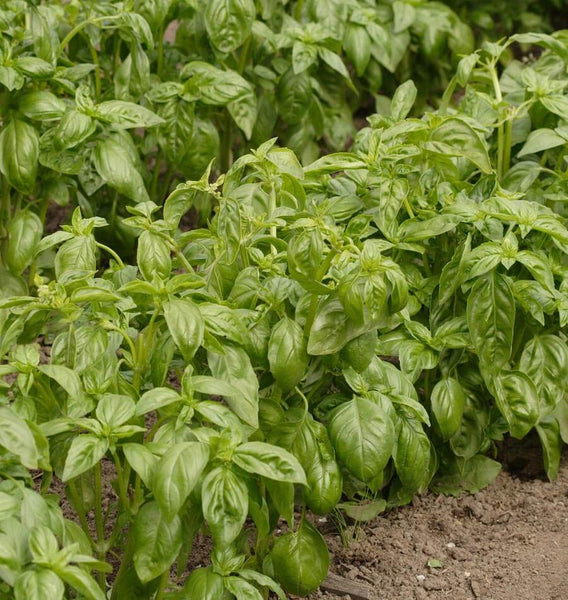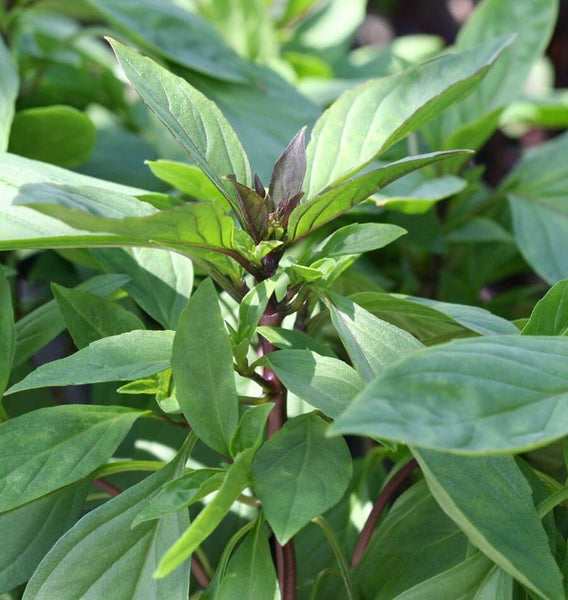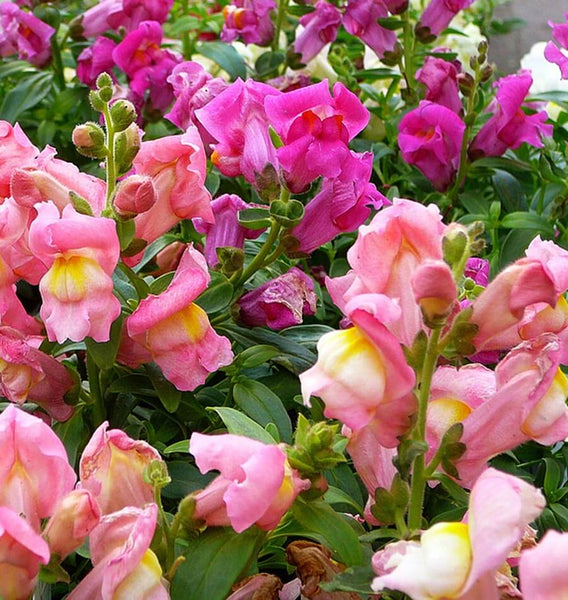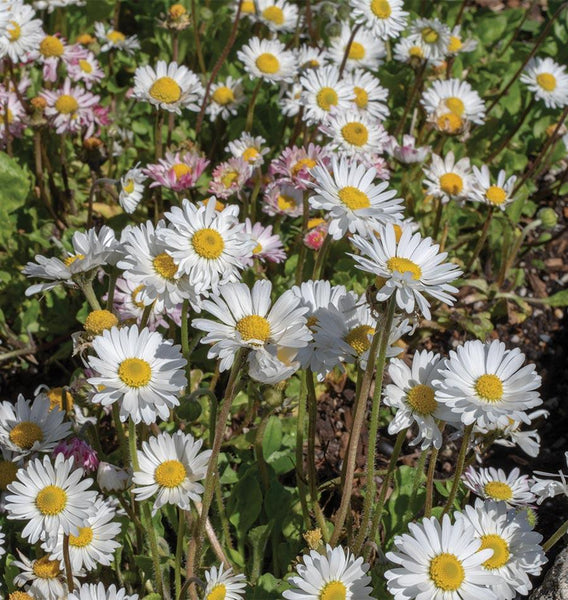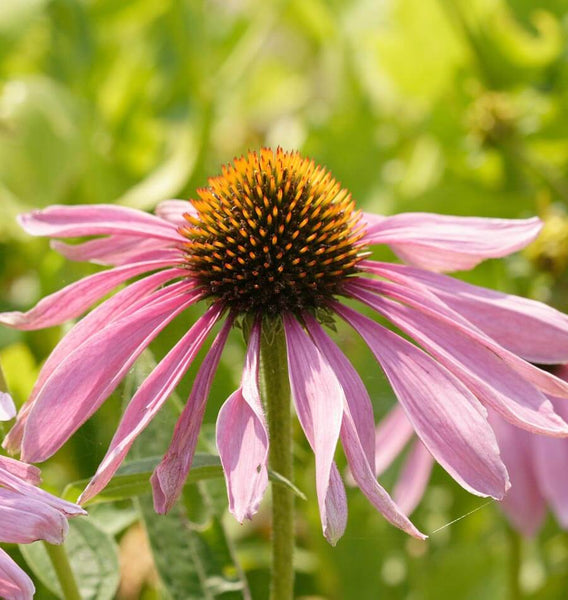After three years on a waiting list, our hedgerow is finally being planted here at the West Coast Seeds farm. A hedgerow is a barrier of shrubs and trees planted to demarcate the border of a property or field. In our case, the whole east border of our property is being planted. That's a 315m (1033') strip, that will end up being about 4m (13') wide.

Hedgerows provide important cover for mammals, from voles to coyotes, and create a natural corridor to cross the property in relative safety. The shrubs provide excellent nesting sites for songbirds, and the tall trees (eventually) provide much needed nesting spots for raptors. As the plants grow in, they create habitat for other native species of plants. In turn, these provide habitat and forage for native pollinators and other insects.

This is all thanks to the wonderful Delta Farmland & Wildlife Trust, which has a whole series of programs offering incentives to farmers and land owners to set aside natural spaces for wildlife. Other programs include getting farmers to plant overwintering cover crops to provide food and shelter for migrating birds. Another program encourages the creation of Grassland Set-asides, so that fields are planted with cover crops (grasses and clovers) and allowed to sit fallow for up to four years. These spaces provide food and shelter for small mammals, and good hunting for raptors such as owls and hawks.

In exchange for our strip of property, Delta Farmland & Wildlife Trust funds the whole project, including the plant material. They hire a landscaping firm to do the planting, a plumbing company to lay drip-line irrigation, and another landscaping company to lay down mulch to conserve water in the soil.

Here are the native plants being planted over the next two days.
First the tall trees:
| Common Name | Latin Name | Number | Potential Height |
| Black Cottonwood | Populus trichocarpa | 4 | 50m (164') |
| Paper Birch | Betula papyrifera | 3 | 30m (98') |
| Shore Pine | Pinus contorta | 6 | 20m (65') |
| Red Alder | Alnus rubra | 4 | 25m (82') |
| Big Leaf Maple | Acer macrophyllum | 2 | 35m (115') |
Here are the "short" trees:
| Common Name | Latin Name | Number | Potential Height |
| Bitter Cherry | Prunus emarginata | 2 | 15m (49') |
| Black Hawthorne | Crataegus douglasii | 16 | 10m (33') |
| Hooker's Willow | Salix hookeriana | 7 | 6m (20') |
| Vine Maple | Acer circinatum | 12 | 7m (23') |
| Pacific Crabapple | Malus fusca | 17 | 12m (39') |
Between and beneath all these trees go native shrubs of various sizes:
| Common Name | Latin Name | Number |
| Red Elderberry | Sambucus racemosa | 17 |
| Pacific Ninebark | Physocarpus capitatus | 33 |
| Indian Plum | Oemleria cerasiformis | 28 |
| Salmonberry | Rubus spectabilis | 28 |
| Thimbleberry | Rubus parviflorus | 28 |
| Stink Currant | Ribes bracteosum | 22 |
| Red Osier Dogwood | Cornus sericea | 67 |
| Highbush-cranberry | Viburnum edule | 17 |
| Hardhack | Spirea douglasii | 22 |
| Black Twinberry | Lonicera involucrata | 28 |
| Oceanspray | Holodiscus discolor | 39 |
| Nootka Rose | Rosa nutkana | 56 |
| Red Flowering Currant | Ribes sanguineum | 56 |
| Saskatoon Berry | Amelanchier alnifolia | 17 |
| Snowberry | Symphoricarpus albus | 67 |
| Tall Oregon Grape | Mahonia aquifolium | 17 |
| Mock Orange | Philadelphus lewisii | 17 |
The total number of plants going in is 628, so it really is something of a forest in a strip. The thinking is that biodiversity begets biodiversity, which builds a healthier farm, and a healthier region. Big thanks to Delta Farmland & Wildlife Trust for this opportunity to make our corner of Delta a little more hospitable to our treasured and threatened wildlife.

